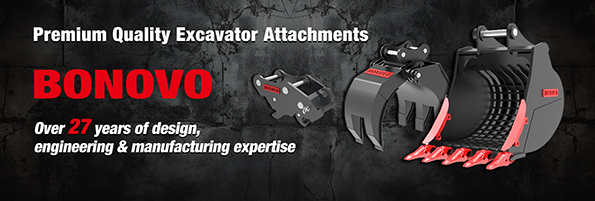1. Visual inspection method
For some relatively simple faults, parts can be inspected by visual inspection, hand modeling, ear listening and smelling. For example, visual inspection can find faults such as rupture, oil leakage, looseness and deformation, so that accessories can be repaired or replaced in time; hold the oil pipe (especially the rubber hose) by hand, and there will be a vibration when pressure oil flows through, but there will be no such phenomenon when there is no oil flowing or the pressure is too low.
In addition, hand touch can also be used to judge whether the lubrication of hydraulic components with mechanical transmission parts is good. Use your hand to feel the temperature change of the component shell. If the component shell is overheated, it means that the lubrication is poor; ear listening can judge the fault point and degree of damage caused by damage to mechanical parts. For example, hydraulic pump suction, overflow valve opening, component carding and other faults will emit abnormal sounds such as water impact or "water hammer"; some parts will emit odors due to overheating, poor lubrication and cavitation, and the fault point can be judged by smelling.
2. Replacement diagnosis method
When there is a lack of diagnostic instruments at the maintenance site or the components to be checked are too delicate to be disassembled, this method should be used to first remove the suspected faulty components, replace them with new components or components of the same model that work normally on other machines for testing to see if the fault can be eliminated and make a diagnosis.
Although the replacement diagnosis method may be more troublesome to check the fault due to factors such as structure, on-site component reserves or inconvenient disassembly, it is still more convenient for small and easy-to-disassemble components such as balancing valves, overflow valves, and one-way valves. The replacement diagnosis method can avoid the performance degradation of hydraulic components due to blind disassembly. If the above faults are not checked by the replacement method, and the suspected main safety valve is directly removed and disassembled, if there is no problem with the component, its performance may be affected after reassembly.
3. Instrument measurement inspection method
The fault point of the system is determined by measuring the pressure, flow rate and oil temperature of the hydraulic oil in each part of the hydraulic system. In general on-site inspections, since the fault of the hydraulic system is often manifested as insufficient pressure, it is easy to detect; while the flow rate detection is more difficult, and the size of the flow rate can only be roughly judged by the speed of the actuator action. Therefore, in on-site inspections, the method of detecting system pressure is more often used.
Choose BONOVO for high-quality, customizable brush cutters for skid steers with fast delivery. Contact us today to discover how our superior products can enhance your land management tasks!
for more info just visit our website at www.bonovogroup.com
contact # : +86 158 6218 2088
email : sales@bonovogroup.com
Three diagnostic methods for excavator hydraulic system failure
- BONOVO
- Counselor
- Posts: 645
- Joined: Oct 17th, '24, 02:50
- Location: China

